The European Union (EU) is a major buyer of Vietnamese textiles and garments. The EU is embarking on a new campaign for textiles, introducing measures to increase circularity and reduce textile waste.
In addition, the EU is also considering introducing Europe-wide extended producer responsibility (EPR) charges for garments. These are the points that Vietnamese textile and garment enterprises need to pay attention to in order to have adaptive measures.
 |
| Production activities at Sangwoo Vietnam Co., Ltd. (Hung Tay commune, Hung Nguyen district, Nghe An province). Photo: THU DIU |
According to the Ministry of Industry and Trade, textile waste in the EU is increasing. Every year, EU citizens throw away 5.8 million tons of textiles, an average of 11.3 kg/person. Most of this textile waste will be burned, buried or exported as second-hand clothing. Therefore, the EU has launched a campaign to reset the trend, addressing all actors in the garment industry: Designers, brands, retailers, end-users and garment manufacturers in and outside Europe. The campaign's goal is that by 2030, all textile products on the EU market must be: Durable and recyclable; made of recycled fibres as much as possible; free of toxic substances and produced with respect for social and environmental rights. The campaign's vision also states that by 2030, garment manufacturers must be fully responsible for their products and waste.
In addition, according to Mr. Tran Ngoc Quan, Commercial Counselor, Vietnam Trade Office in Belgium and the EU, the EU is considering introducing EPR across Europe for garments. Accordingly, the EU requires all textile products put on the market to be durable, repairable and recyclable, reducing the harmful effects of fast fashion on the economy. "Vietnamese businesses need to have appropriate business plans to avoid the situation where the EPR recommendation becomes a mandatory regulation that will affect production and business," said Mr. Tran Ngoc Quan.
It is clear that these new measures will affect garment manufacturers doing business in Europe in the future. The majority of textile waste currently cannot be recycled into new clothes because the materials are of poor quality or mixed together. Developing products that are longer lasting and easier to recycle seems to be the most practical direction for garment manufacturers. Accordingly, manufacturers need to use higher quality yarns and fabrics, preferably from recycled materials. Along with that, businesses need to explore new production methods, focusing on easy ways to refurbish, dismantle or recycle clothes; and find ways to engage shoppers in this process because these strategies are likely to involve the use of relatively expensive materials and production methods.
KHANH AN
*Please visit the Economics section to see related news and articles.
Source


![[Photo] Overcoming all difficulties, speeding up construction progress of Hoa Binh Hydropower Plant Expansion Project](https://vstatic.vietnam.vn/vietnam/resource/IMAGE/2025/4/12/bff04b551e98484c84d74c8faa3526e0)



![[Photo] Closing of the 11th Conference of the 13th Central Committee of the Communist Party of Vietnam](https://vstatic.vietnam.vn/vietnam/resource/IMAGE/2025/4/12/114b57fe6e9b4814a5ddfacf6dfe5b7f)





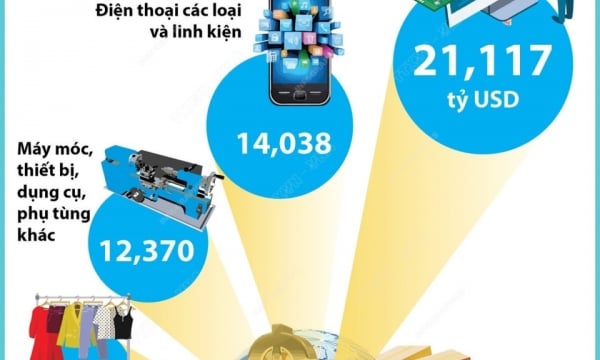



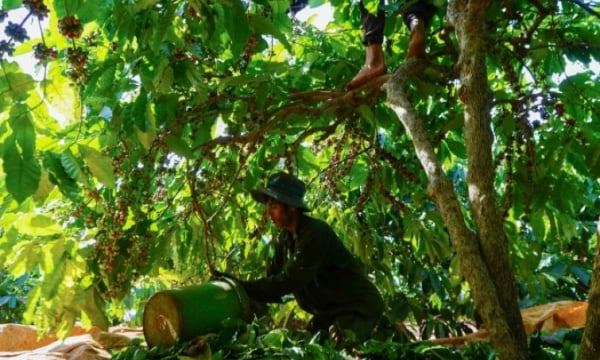









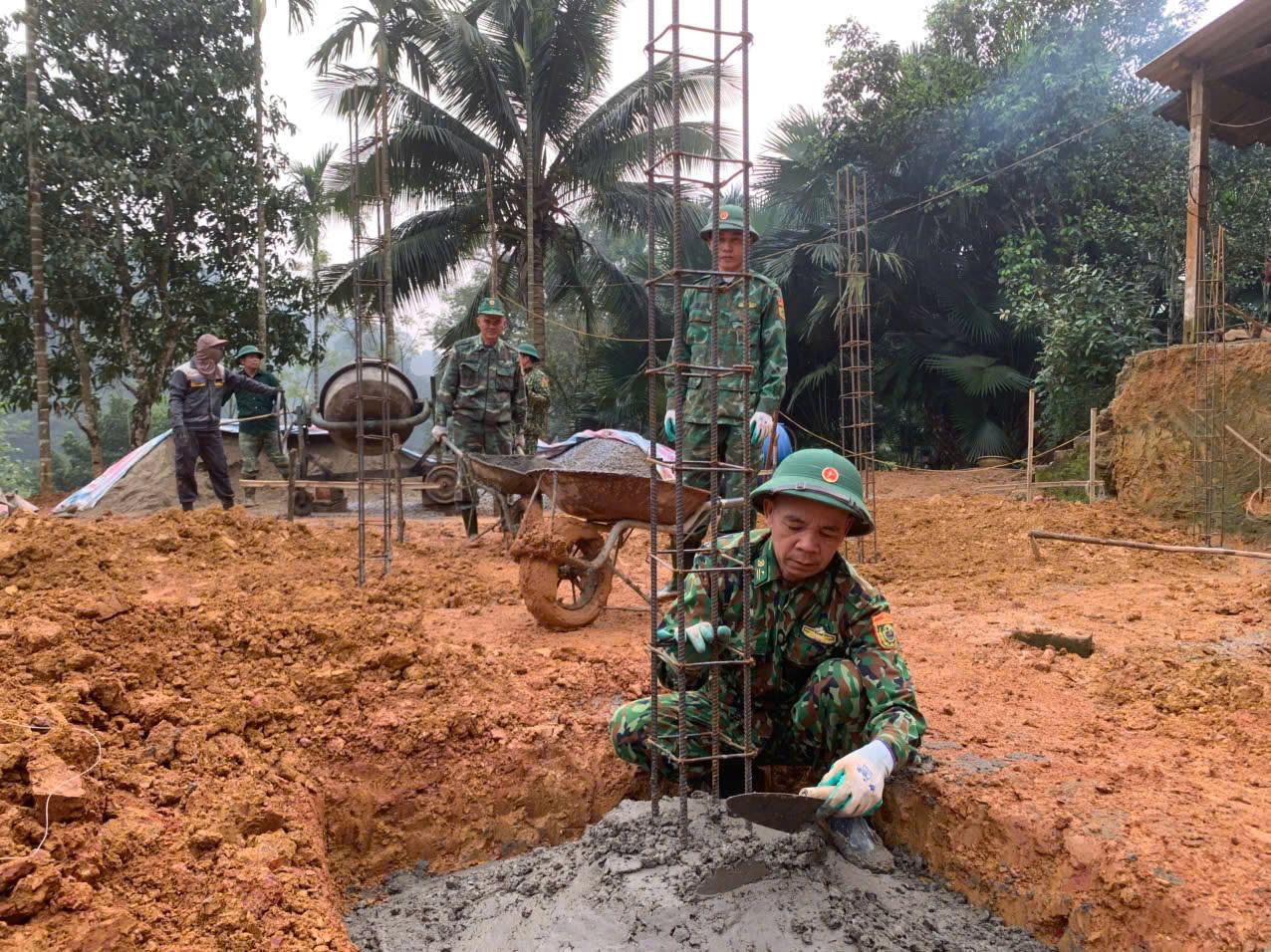

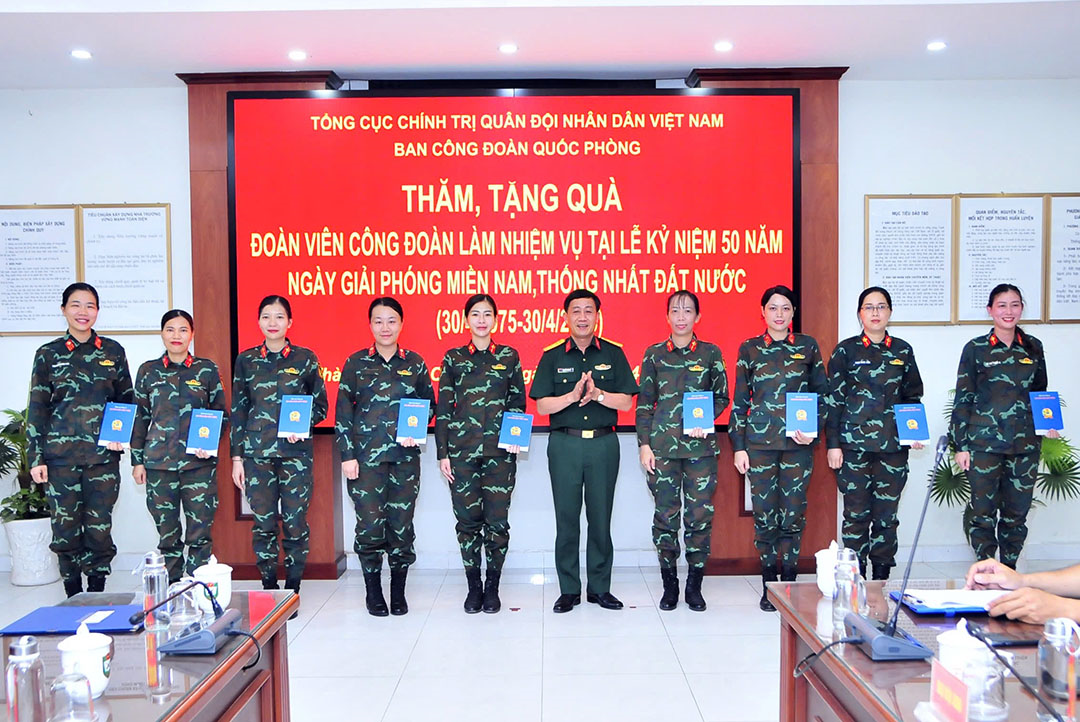
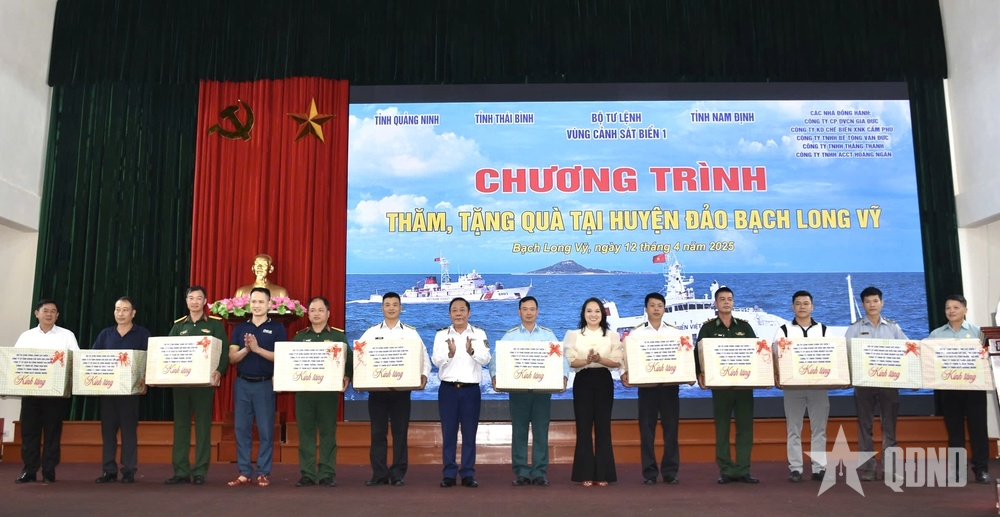
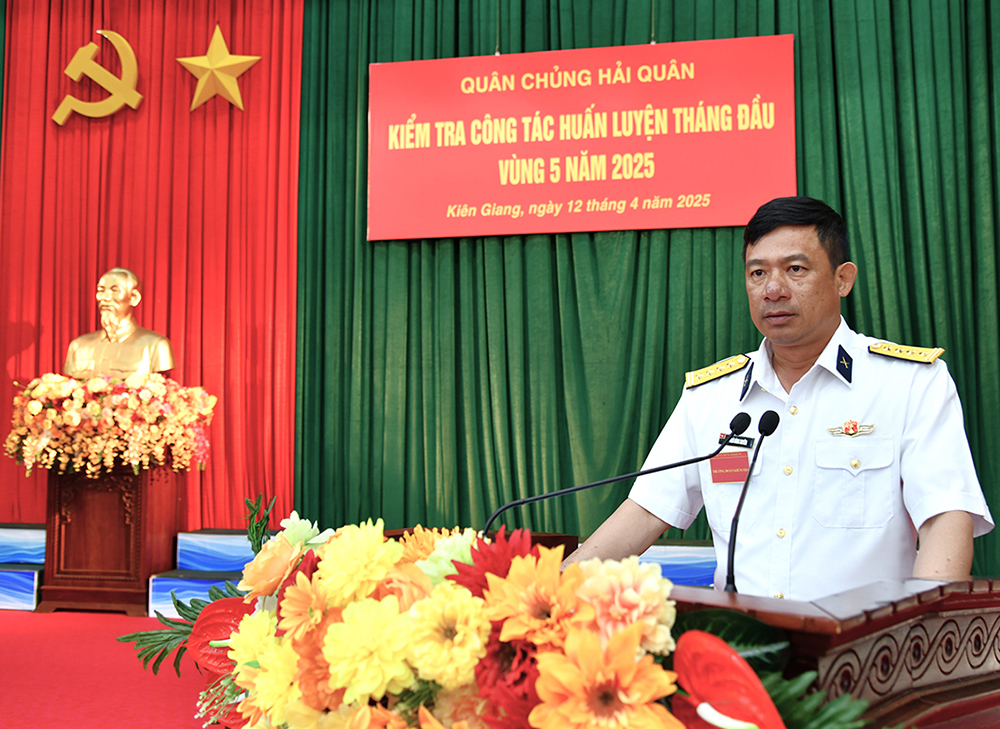


































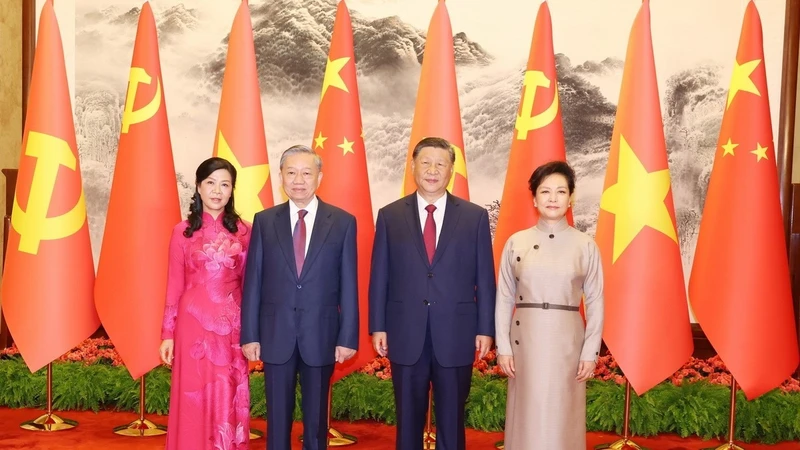













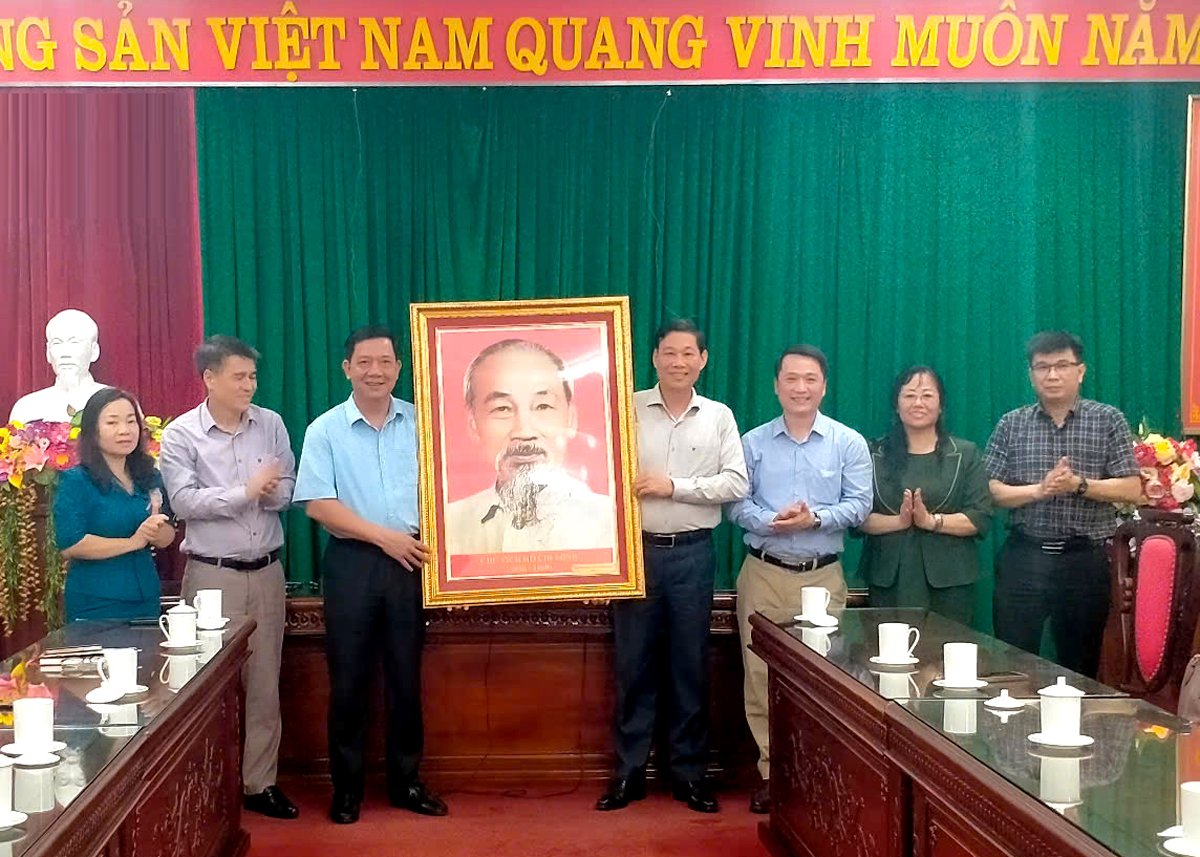














Comment (0)